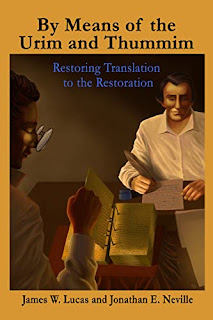There have been two principal narratives about Joseph Smith, both supported by historical evidence.
One narrative sees him as an ignorant, uneducated farm boy who was plucked from obscurity to restore the Gospel of Jesus Christ.
Another sees him as a clever religious manipulator who composed the Book of Mormon and adopted religious ideas from his surroundings.
People can believe whatever they want, and they can usually find some evidence to confirm their biases.
I find a third narrative more persuasive and better supported by the evidence. In my view, God prepared Joseph Smith for his future role as translator and prophet. His life-threatening leg infection led Joseph to become a young religious seeker. His pursuit made him well-informed and conversant on religious topics, enabling him to become an active translator of the engravings on the plates.
The “religious seeker” narrative not only accommodates all the available historical evidence, but it also addresses most of the anti-Mormon arguments. For example, when critics complain that the Book of Mormon includes anachronistic 19th century terminology and worldviews, the “religious seeker” narrative responds that as an active translator, Joseph necessarily used his own vocabulary and worldview to render the ancient text into English.
This example illustrates one of the problems with SITH (the stone-in-the-hat narrative).
Source: About Central America


One thought on “More on the new book”
2 Ne 9:28-29. So ridiculously sad that learned men & women in the Church forget this counsel and through the dangerous policy of peer review, go about applauding one another (who dares dissent) for their ‘new discoveries’ to the point that they put not only their own eternal rewards but also others in jeopardy.
Comments are closed.